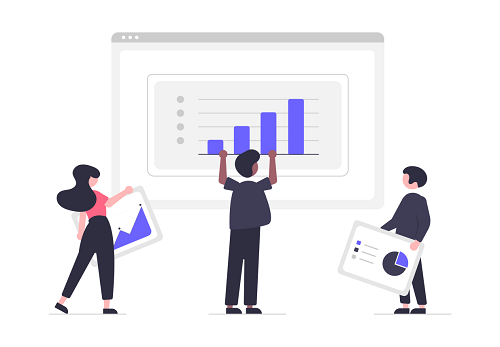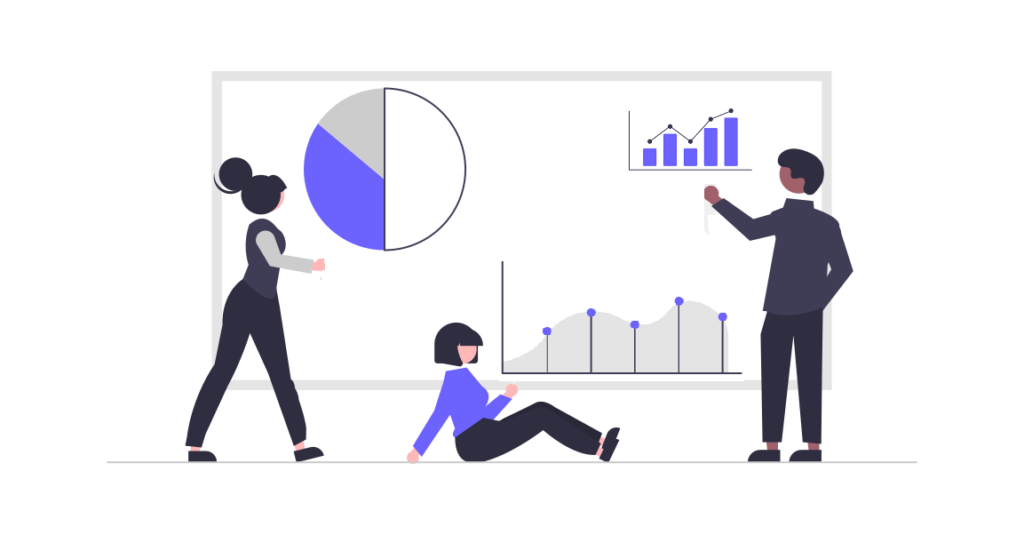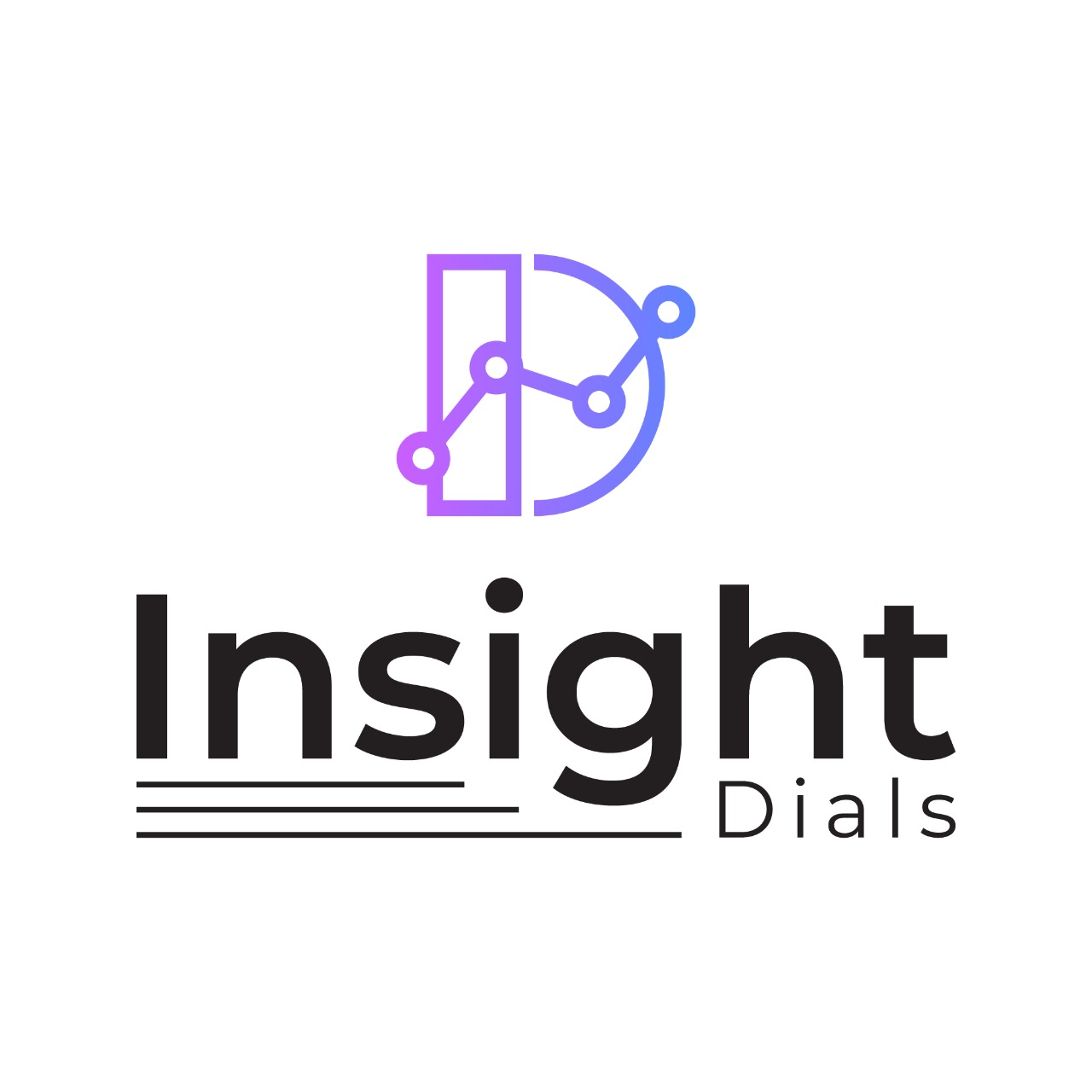
“Data for all” – is the keyword for 2021. Every organization should promote a data driven culture or data democracy from the top to bottom. So that all are data empowered to take data-driven decisions within their team. Once we realize the importance of data democratization, we will surely move from Data Aristocracy to Data Democracy.
What is Data Aristocracy?
Until recently, data was the right of a selected subset in the organization. The other business units had to depend on them for data. This is data aristocracy, where data rests only with a selected group of people. Though this ensures strong data governance, it limits the power of data insights from reaching other departments seamlessly.
What is Data Democracy?

Data democratization means that everybody has access to data. We are lowering the barriers to data access and there are no gatekeepers that create a bottleneck at the gateway to the data. The main objective is to provide data for all at the level they require. This access to data promotes within the organization a data culture, which enables every team to have visibility into their own stats and insights on their growth trajectory.
With ‘big data’ comes big responsibilities. Data democratization does not mean that all data is freely available for everyone. At their level, as per their requirement, data should be shared with employees. There should be proper regulations and security to ensure data is carefully handled. The right use of the right tools can guarantee this.
How does pre-canned dashboards help in data democratization?
With data aristocracy, the data analysis was done by data analyst team or data scientists. However, with the evolution of data democracy, the barriers have been lowered and every team or employee is getting access to the data they require. Since these people might not be technically equipped to decrypt data, pre-canned dashboards can be used to help them in analyzing and understanding the data.
These automated dashboards, accesses and processes data to graphical visual representations. Identifying the requirement of each team, they present these dashboards in a preformatted manner, for ease of use. Users can interact with the dashboard to get data at any point in time at any angle. This helps the non-technical teams to get insights on their processes and goals without any training or tedious data analysis. Also, to ensure proper data security and governance, limiting the users to the specific departmental data, at the desired level can be ensured.
“Without data, you are just another person with an opinion” – W. Edwards Deming

